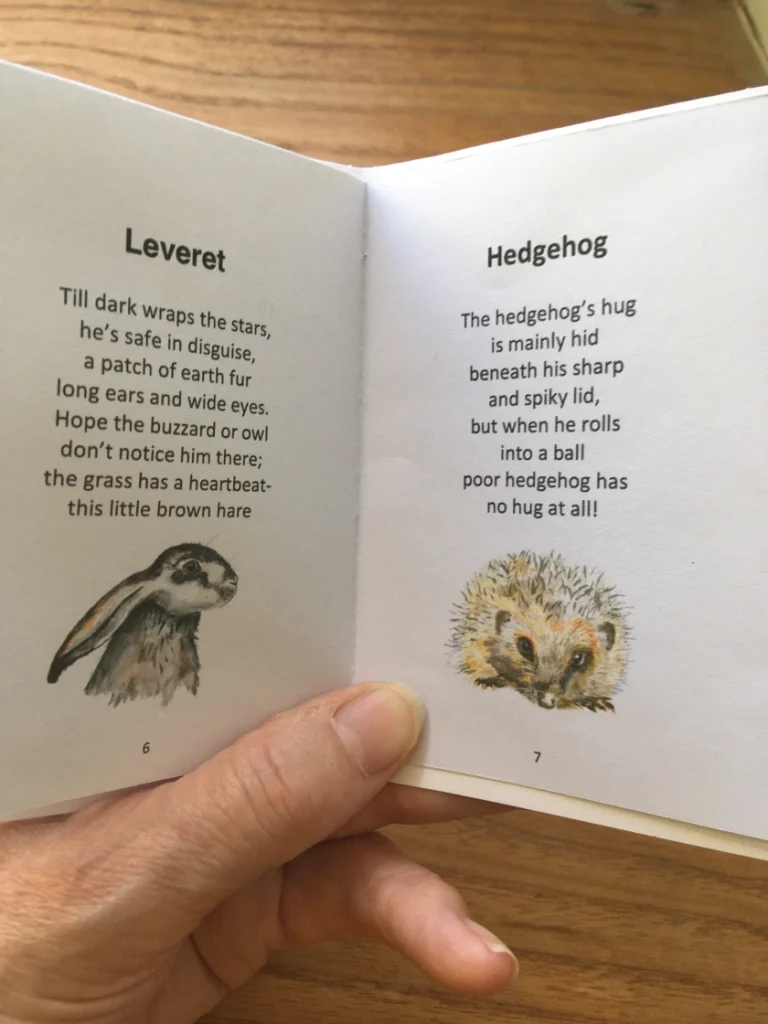Every student has a story to tell, and personal narratives allow you to share your unique experiences and perceptions with others. Writing a personal narrative can be an exciting and rewarding process, as it allows you to reflect on your life and develop your creative writing skills. To help you get started, we’ve compiled a list of 15 awesome personal narrative topics for students.
1. The most memorable person I’ve ever met
Write a narrative about an unforgettable encounter, detailing the person’s appearance, character traits, and impact on your life.
2. A life-changing decision
Describe a critical moment when you made a decision that changed the course of your life, exploring your emotions and reasons behind your choice.
3. The day I faced my greatest fear
Recount the day you confronted something that genuinely terrified you and explain how it transformed you.
4. My favorite childhood memory
Delve into the nostalgia of your past by writing about a specific childhood experience that warms your heart every time you think of it.
5. The worst day of my life (so far)
Share a challenging experience that tested your resilience and discuss how it strengthened your character.
6. The most embarrassing moment I’ve ever experienced
Write a lighthearted narrative about an embarrassing situation you’ve found yourself in and how you overcame it.
7. The greatest lesson I’ve learned from my parents
Discuss an essential life lesson imparted by your parents or guardians, elaborating on how it shaped who you are today.
8. The first time I found true friendship
Describe the beginning of a close friendship, focusing on how it formed and why it became so important to you.
9. A remarkable journey or vacation
Retell an unforgettable trip you’ve taken, emphasizing intriguing experiences or interesting cultural encounters.
10. My proudest achievement
Write about one of your most notable accomplishments and go into detail about the challenges you overcame to achieve it.
11.Overcoming adversity
Share a story of triumph over a difficult situation that highlights your resilience and determination.
12. The day I stood up for myself
Recount an experience where you had to assert yourself to protect your beliefs or interests.
13. The power of music
Narrate how a particular song or musical experience has profoundly impacted your life.
14. A brush with nature
Describe a memorable encounter with the natural world that left you inspired or awestruck.
15. An act of kindness that changed my life
Write about an instance when someone’s kindness made a significant difference in your life, teaching you the importance of compassion.
These personal narrative topics offer students various opportunities to share their stories and exercise their creative muscles. So grab a pen and start writing the narrative of your life!






